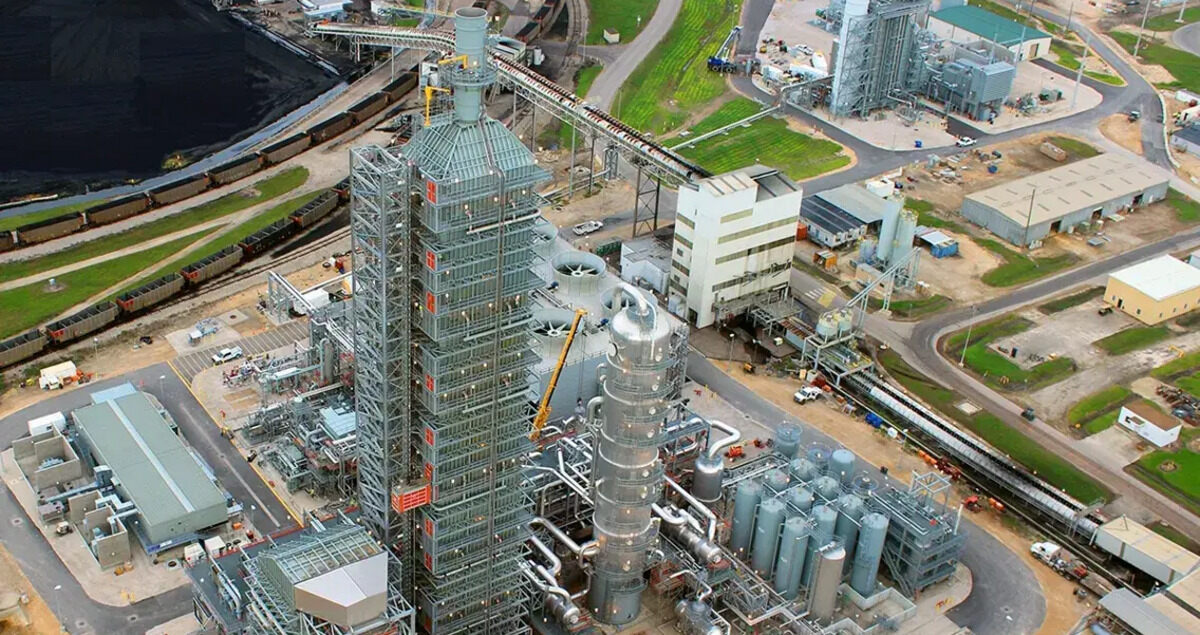The current and future landscape of carbon capture

While it is a vital technology for achieving a carbon-neutral world, carbon capture, utilization and storage (CCUS) alone cannot reduce all CO₂ emissions in the oil & gas industry and get the sector to net zero.
That was the sobering verdict delivered by the International Energy Agency (IEA) in its recent research.
The Oil and Gas Industry in Net Zero Transitions report finds that if oil and natural gas consumption continues unmitigated, this will require an "inconceivable" 32 billion metric tonnes of carbon captured for utilization or storage by 2050.
The IEA’s director, Fatih Birol, said it was an “illusion” for the oil & gas industry to think of CCUS as a panacea for capturing all its emissions.
Yet, despite this eye-catching rhetoric, the report also gives a vote of confidence to CO₂ capture. While it shouldn’t be seen as “a way to retain the status quo”, the IEA continues to view it as “an essential technology for achieving net zero emissions in certain sectors and circumstances”.
So how is the technology advancing for the sectors and circumstances that will require it for their decarbonization goals, and how is the policy environment helping to progress its scale-up?

Latest CCUS technology
The IEA’s CCUS database lists 51 facilities in operation applying CO₂ capture to industrial processes, fuel transformation and power generation. While this may seem like a small number, there is a pipeline of close to 800 projects — more than 15 times the current number — either planned or already under construction. Furthermore, announced capture capacity — to go online by 2030 — increased by 35%, bringing the total amount of CO₂ that could be captured worldwide to over 430 million tonnes in the next six years.
One factor driving this momentum is rapid technological progress. Mitsubishi Heavy Industries (MHI), for example, has been developing the KM CDR Process, featuring the unique amine solvent KS-1, in collaboration with Kansai Electric Power Company (KEPCO) since 1990. This has been enhanced with the Advanced KM CDR Process and the KS-21 solvent, offering superior efficiency, lower volatility and greater stability against degradation.
There is also increasing buzz around non-aqueous solvents, which are expected to make carbon capture more efficient and cost-effective.
As well as the development of the relevant solvents, the carbon capture systems themselves are becoming more advanced and diverse. The introduction of compact CO₂ capture systems will ensure the technology is not only viable for large-scale industrial units but also make it more readily available and affordable for small and medium-sized companies.
Compact CO₂ capture systems tend to feature a standardized design, allowing for quick deployment and reduced capital investment. This modular approach could be appropriate for a range of sectors. MHI has provided its “CO₂MPACT” compact CO₂ capture system for the ceramics and cement sectors, as well as the first commercial CO₂ capture system for a biomass power plant.

Building the CO₂ value chain
As more industrial sites of varying sizes gain access to CO₂ capture, the CO₂ value chain is likely to become more sophisticated.
A large percentage of captured carbon will be stored underground, but there is also a role for the “U” in CCUS: utilization. Captured CO₂ is in demand from the likes of the fertilizer industry and cement manufacturers, so creating a value chain for CO₂ can turn it into a tradable asset.
Transport of CO₂, either by pipeline or ship, is an integral part of this value chain; this is where the technology is again advancing. For example, MHI Group is testing a system that liquefies CO₂ captured from gas engine generator sets. The whole process, from CO₂ capture and liquefaction to transportation, can be performed by MHI Group's technology.
Stimulating the CCUS market
Despite these technological advances and the rapid increase in announced projects, CCUS is still at an evolving stage. CO₂ capture capacity that’s already in operation or has reached a final investment decision still accounts for just 20% of the announced capture capacity for 2030, despite continuing growth in final investment decisions.
Policy support can help move the technology forward. The Carbon Management Challenge was launched in April 2023 as a call to action to countries worldwide to accelerate the deployment of CCUS technology. So far, 19 countries plus the European Commission (EC) have signed up.
The EC has also released an EU Industrial Carbon Management Strategy, which sets a target of 50 million tonnes of annual CO₂ storage capacity in the bloc by 2030. This follows a commitment of €594 million to eight cross-border energy infrastructure projects, including five CO₂ network projects.
Meanwhile, Japan has made CCUS a cornerstone of its bid to reach carbon neutrality by 2050. The country plans to develop enough CCS capacity to store 120-240 million tonnes of CO₂ per year by 2050 and its government announced financial support for seven projects in June 2023.
In the US, the Inflation Reduction Act has increased the availability of the federal income tax credits available for permanently stored CO₂ to $85/metric tonne, up from $50/metric tonne.
As the IEA has pointed out, CCUS is not a silver bullet for all emission reduction. Ultimately, achieving net zero will require the deployment of a vast array of decarbonization technologies and strategies. However, the advances in technology and policy support make it an important part of the net zero jigsaw.
Find out more about the Advanced KM CDR Process and KS-21 solvent





